Here is a selection of some of the many tourist destinations and attractions located in the areas around KIST.
Tokyo Skytree
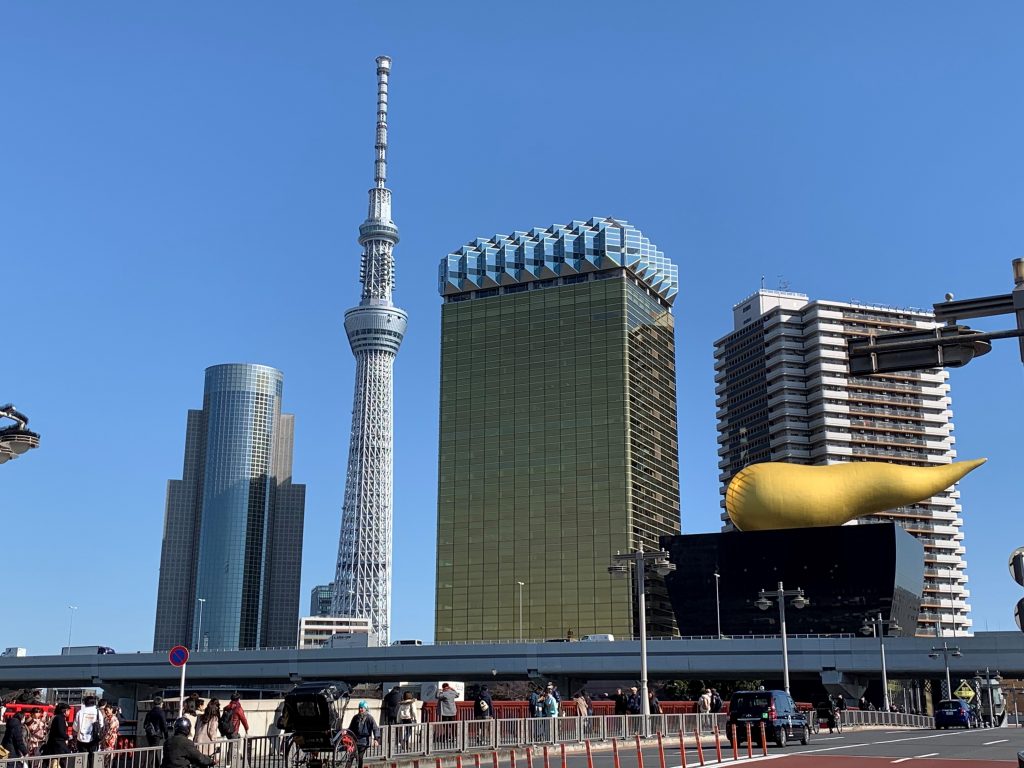
Tokyo Skytree, located near Oshiage Station (Tokyo Metro Hanzomon Subway Line) in Sumida-ku, three stops from KIST, is a television and radio broadcasting tower that opened in May 2012. Reaching a height of 634 m, it is the tallest structure in Japan and the tallest tower in the world. Observation decks at 350 m and 450 m with viewing platforms, restaurants and shops provide spectacular views of the city and surrounds. A shopping mall, Tokyo Solamachi, is also located within the tower grounds.

Kiyosu Bridge
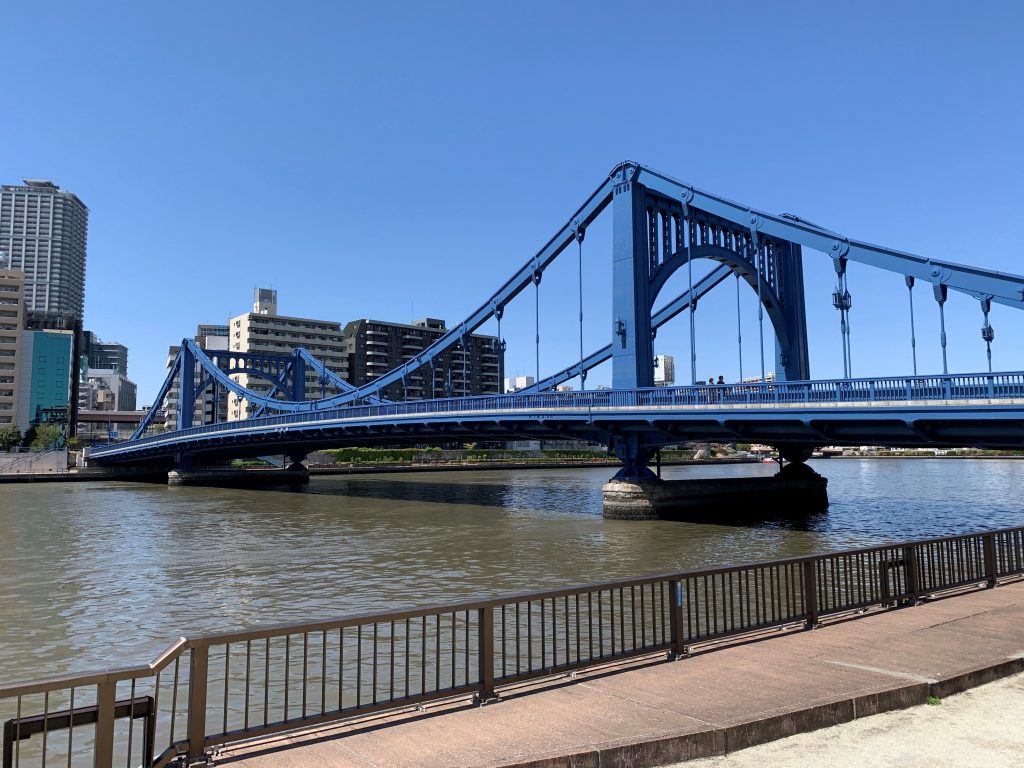
Kiyosu Bridge (Kiyosu-bashi), approximately eight minutes’ walk from KIST, crosses the Sumida River and links Kiyosumi-cho with the Nihonbashi area. The original bridge, which was destroyed in the Great Kanto Earthquake, was rebuilt in 1938. Modeled on the design of a large suspension bridge in Cologne, Germany, the current bridge has an elegant beauty that contributed to it being recognized as a “cultural asset of national importance” in 2007.

Fukagawa Edo Museum
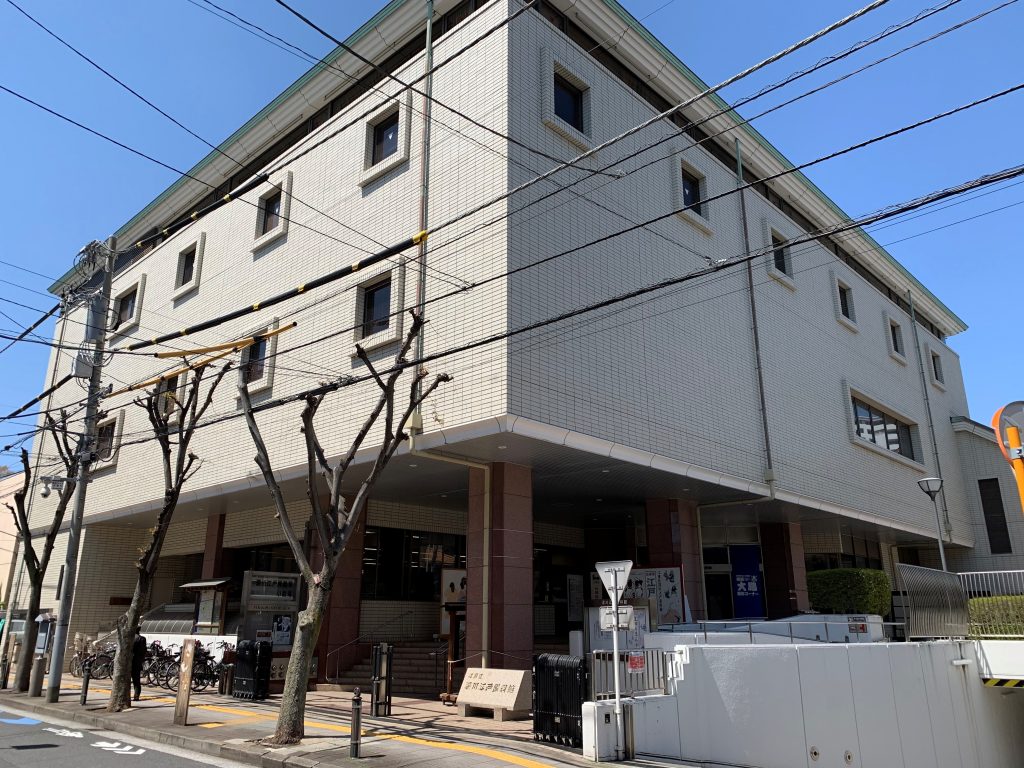
Fukagawa Edo Museum (Fukagawa Edo Shiryokan), located approximately three minutes’ walk from KIST, presents an indoor reconstruction of the Fukagawa area as it was during the 19th century Edo period. It features full-scale replicas of traditional homes, stores, inns, warehouses and a fire watchtower, all arranged to resemble a typical neighborhood of the time. Special effects within the museum recreate the cycle of a day from morning to night as well as various seasonal changes.

Kiyosumi Gardens
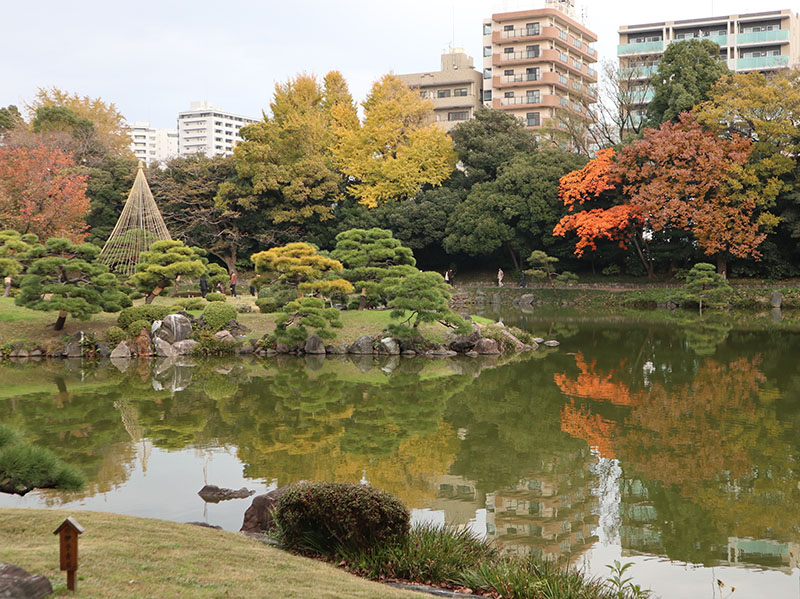
Kiyosumi Gardens (Kiyosumi Teien) is located approximately five minutes’ walk from KIST. The garden, which was recognized as one of Tokyo’s official Scenic Beauty Spots in 1979, has a long history dating back to feudal times. Finally opened to the public in 1932, the garden features a large artificial pond with three small islands surrounded by finely manicured lawns with stepping stone paths and stone bridges. The garden is inhabited by many animals including various species of birds, large multicolored carp and turtles, and has an abundance of trees and flowering plants.

Kiba Park
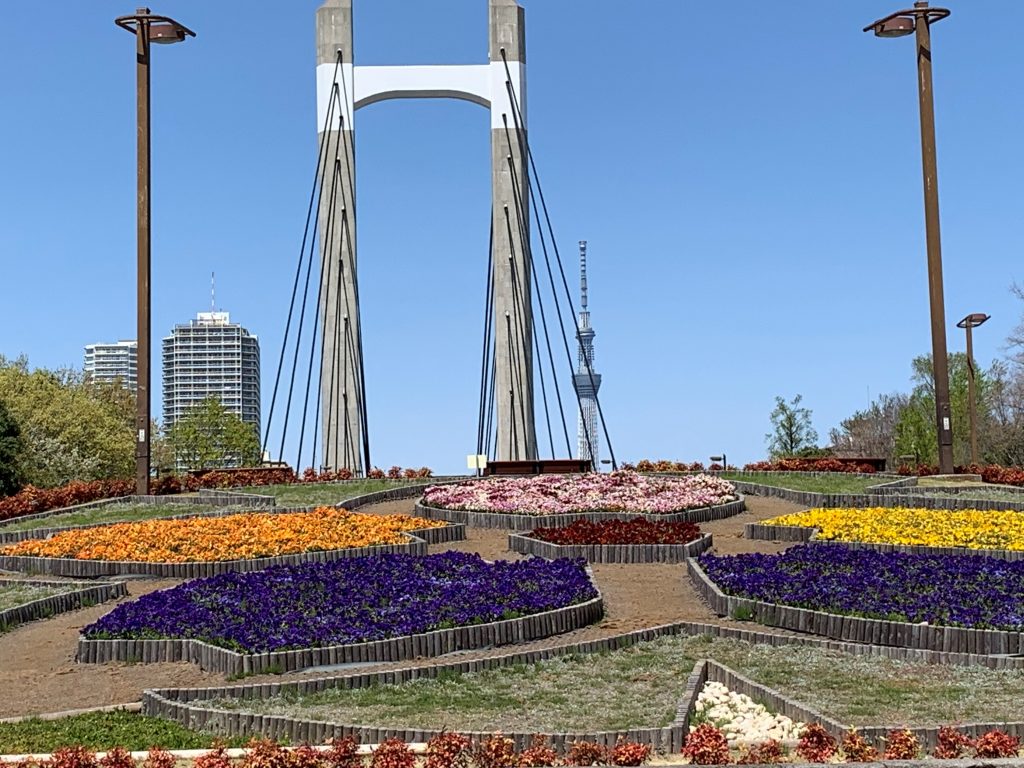
Kiba Park, a 15- to 20-minute walk from KIST, is the largest park in Koto-ku and one of the newest large parks in Tokyo. Previously the site of timber-related businesses, it was redeveloped as a forest park in the late 1960s for families to enjoy. It is divided into two blocks that feature areas for various sports including tennis, as well as a large grassed area, a barbecue area, an athletics field, an adventure playground and a botanic garden.

Museum of Contemporary Art Tokyo (MOT)
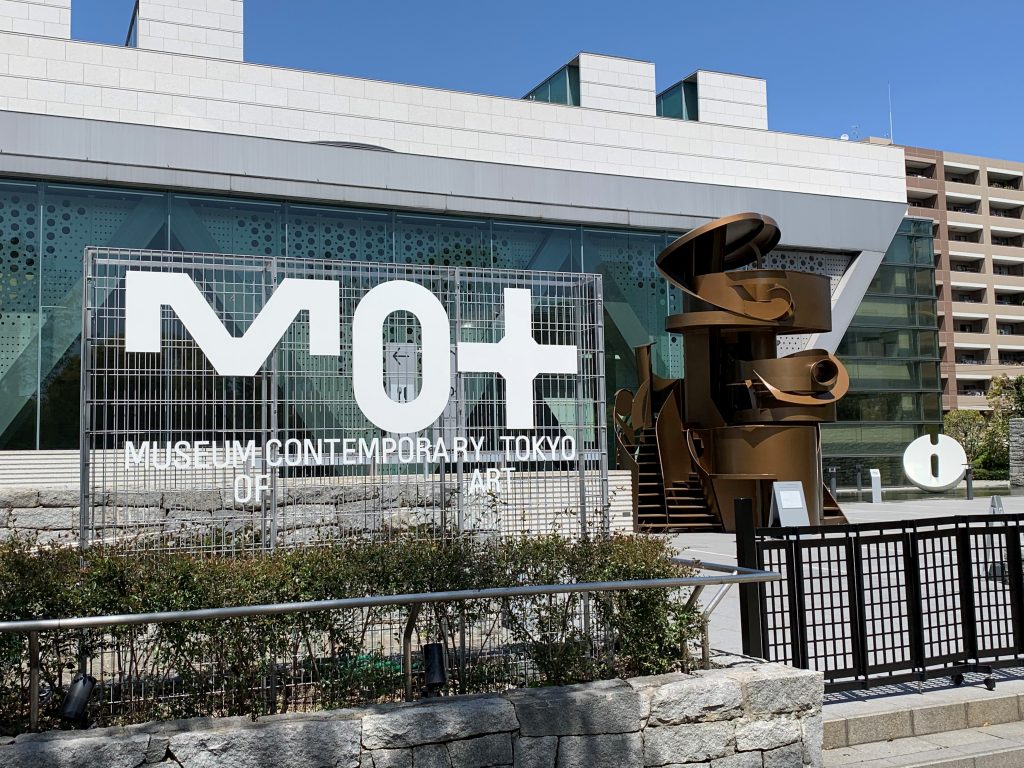
Located in the northern block of Kiba Park, the Museum of Contemporary Art Tokyo features both international and Japanese modern art created since 1945. Opened in 1995, the gallery has a permanent collection including works by Andy Warhol, Roy Lichtenstein, David Hockney and others, as well as regular special exhibitions.

Basho Memorial Hall
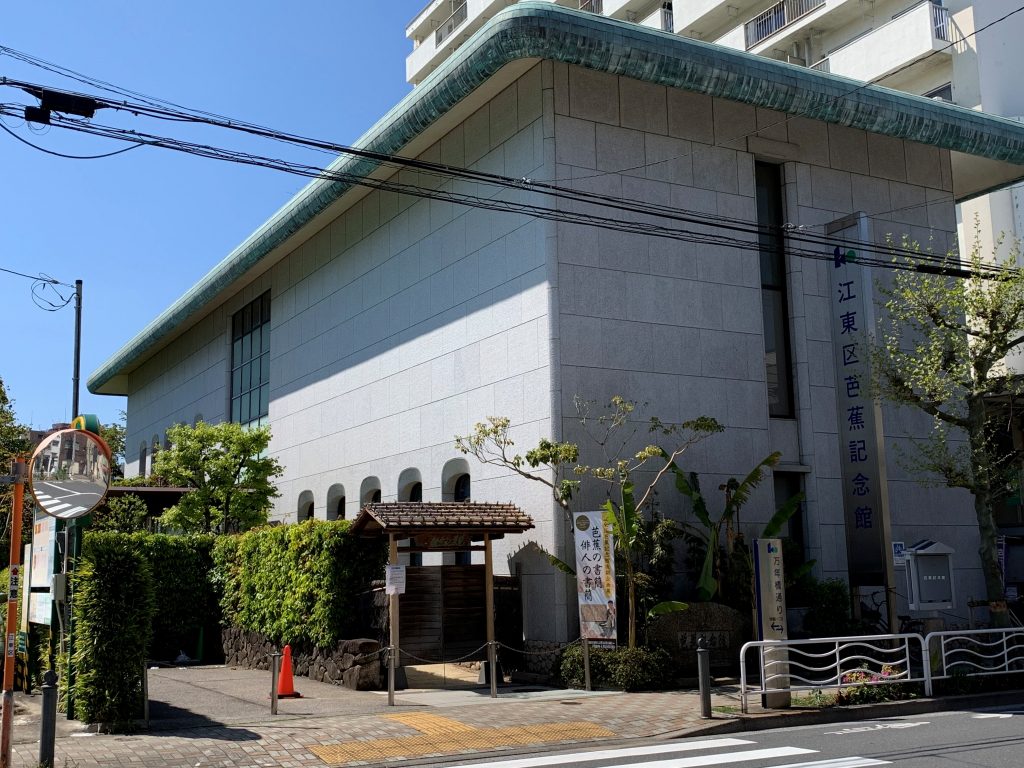
The Basho Memorial Hall, a museum located just north of KIST close to Morishita Station, is dedicated to Matsuo Basho, an important literary figure in Japanese history who lived in the area in the late 17th century. Basho is credited with establishing the present format of the haiku and helped it to gain acceptance as a major literary genre. The museum presents a video about Basho’s life (in Japanese) as well as a number of exhibits of his writings and personal items.

Tomioka Hachimangu Shrine

Located approximately three minutes from Monzen-Nakacho Station, one stop to the south of KIST on the Toei Oedo line, Tomioka Hachimangu Shrine was originally built in 1627 but has been rebuilt several times due to fires. During the Edo Period, sumo tournaments were held regularly at the shrine. Although tournaments are no longer held, the shrine is still widely known by sumo enthusiasts who visit it to view a monument known as the “Yokozuna Stone” in which the names of champions are etched. Every three years, a major festival, the Fukagawa Hachiman Festival, is held at the shrine. The festival is one of the three largest festivals in Tokyo and attracts around 500,000 spectators.







